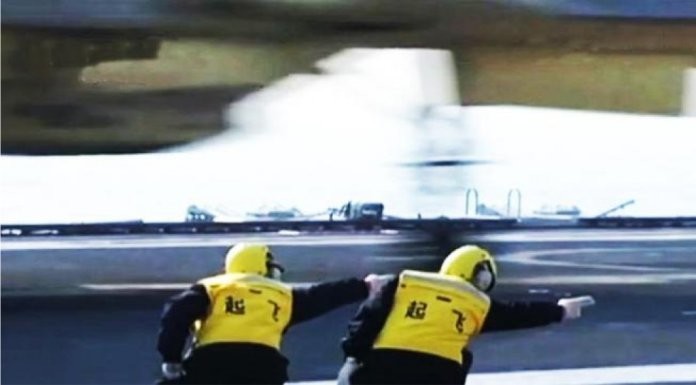In the general aviation industry, it is important for pilots to have their small aircraft serviced and maintained frequently. Upon arriving to a general aviation facility, reservations should be made for refueling, cleaning and safety checks. Additionally, it is vital for small aircraft to be recharged and jump started. Jet engines should ideally be turned on for several minutes before an airplane gets ready for takeoff.
It’s critical for such engines to reach their maximum speed as the time for a scheduled flight approaches. When jet engines are jump started, mechanical problems could be detected without any major inspections. For instance, the type of noise that comes from the turbines can indicate the function and operation of the mechanical components inside. Turbo prop engines, must be allowed to idle for several minutes to prevent any possible problems when an aircraft is in the air. Single engine airplanes with a propeller are at high risk of mechanical failure due to an improper start up of the engine.
In general aviation, portable power supplies are very useful as they could be moved around a runway and directly to a small airplane. These devices usually have wheels and handles that make movement very easy. Some of the starting units for aircraft have batteries that use technology like Lithium Ion and lead acid. Other devices have a ground power design. In other words, the starter units could be directly plugged into an electrical outlet that carries a standard of 110-120 Volts. Battery powered starting units have to be recharged often. It might take several hours for these devices to get fully recharged and ready for portable use on the runway.
The currents delivered by starting units for aircraft are relatively small compared to other devices that are used for commercial jets. For example, a typical battery powered jump starter unit might deliver just over 40 amps of direct current that is converted via an internal adapter.
A portable power supply for an airplane may also be brought on board for use in emergency landings. When stuck in a remote airfield or a non paved surface, airplanes may have to be fully started up and even recharged with a portable starting unit. Pilots should always have some sort of power unit available for emergency backup. It is also important to emphasize that jump starting units should not be used to recharge the batteries of aircraft.









